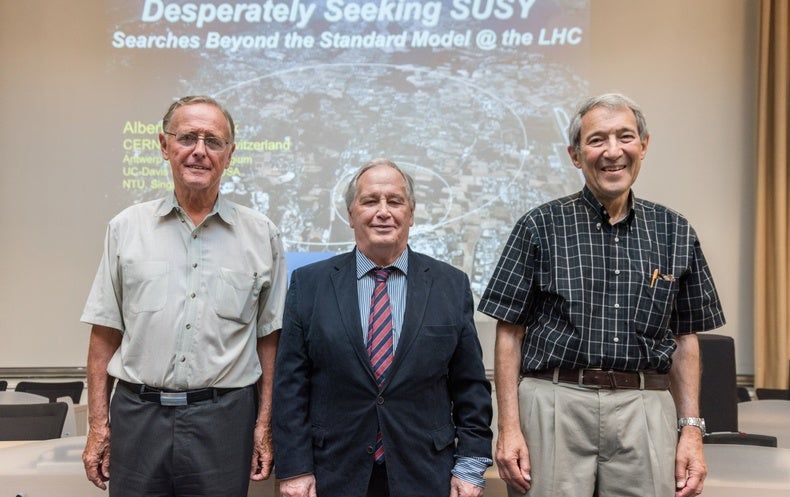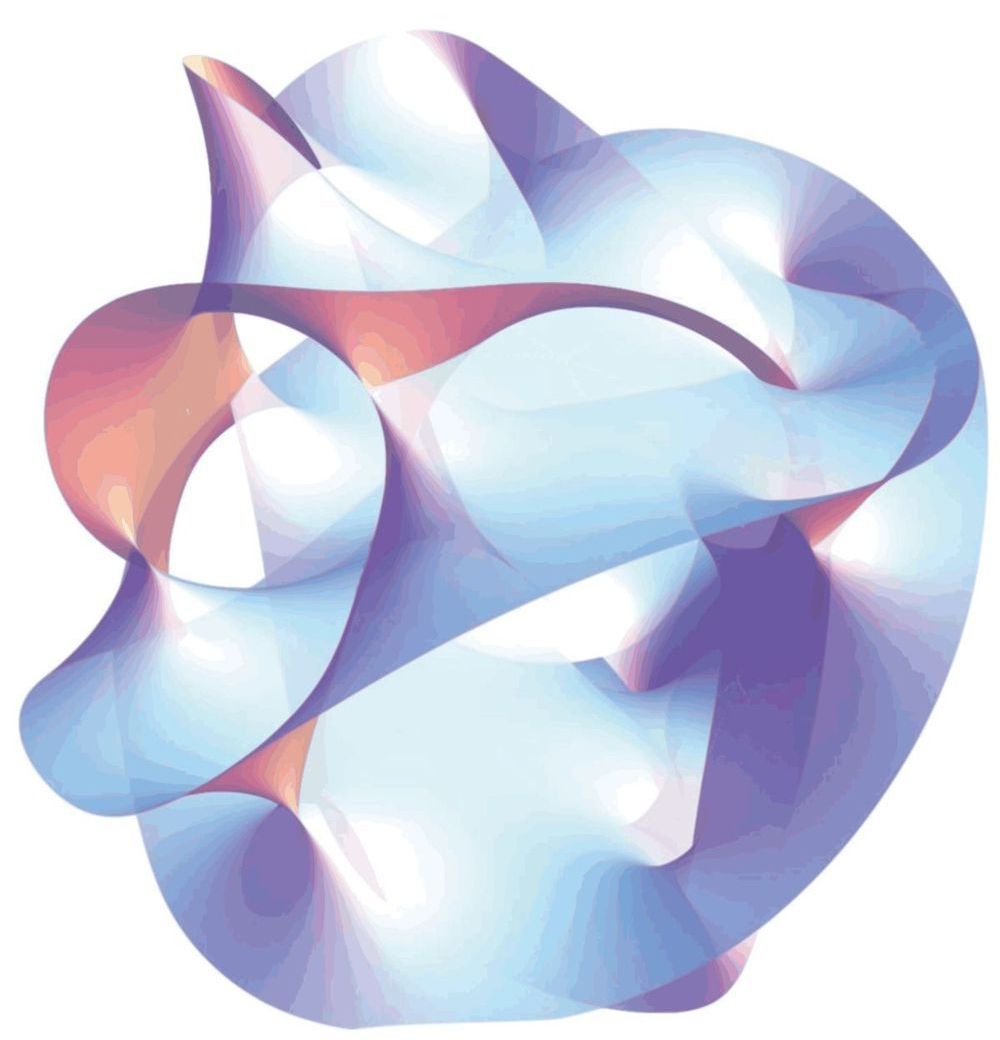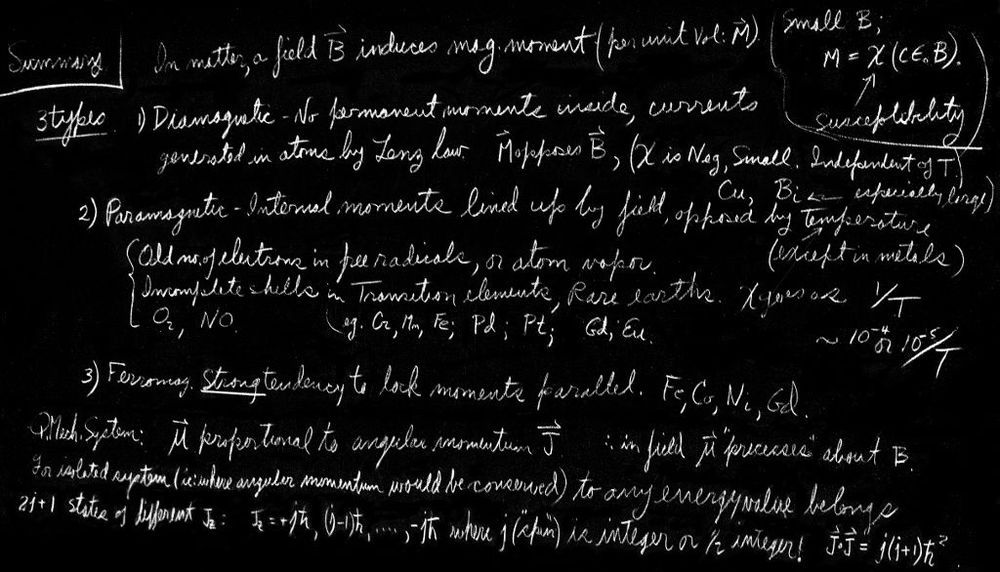The correspondence between fermions and bosons of identical mass that is postulated to have existed during the opening moments of the big bang and that relates gravity to the other forces of nature… See the full definition.




M-theory is a theory in physics that unifies all consistent versions of superstring theory. The existence of such a theory was first conjectured by Edward Witten at a string theory conference at the University of Southern California in the Spring of 1995. Witten’s announcement initiated a flurry of research activity known as the second superstring revolution.
Prior to Witten’s announcement, string theorists had identified five versions of superstring theory. Although these theories appeared, at first, to be very different, work by several physicists showed that the theories were related in intricate and nontrivial ways. In particular, physicists found that apparently distinct theories could be unified by mathematical transformations called S–duality and T–duality. Witten’s conjecture was based in part on the existence of these dualities and in part on the relationship of the string theories to a field theory called eleven-dimensional supergravity.
Although a complete formulation of M-theory is not known, the theory should describe two- and five-dimensional objects called branes and should be approximated by eleven-dimensional supergravity at low energies. Modern attempts to formulate M-theory are typically based on matrix theory or the AdS/CFT correspondence.




Here’s a demo of a rendering engine I’ve been working on that allows for non-euclidean geometry.
Source Code and Executable:
https://github.com/HackerPoet/NonEuclidean
Music:
“Automatic Loving” — Dee Yan-Key

Dear Reader.
There are several reasons you might be seeing this page. In order to read the online edition of The Feynman Lectures on Physics, javascript must be supported by your browser and enabled. If you have have visited this website previously it’s possible you may have a mixture of incompatible files (.js,.css, and.html) in your browser cache. If you use an ad blocker it may be preventing our pages from downloading necessary resources. So, please try the following: make sure javascript is enabled, clear your browser cache (at least of files from feynmanlectures.caltech.edu), turn off your browser extensions, and open this page:
This would be good for hoverboards and aircrafts.
Physicists have discovered a novel quantum state of matter whose symmetry can be manipulated at will by an external magnetic field. The methods demonstrated in a series of experiments could be useful for exploring materials for next-generation nano- or quantum technologies.
Close.